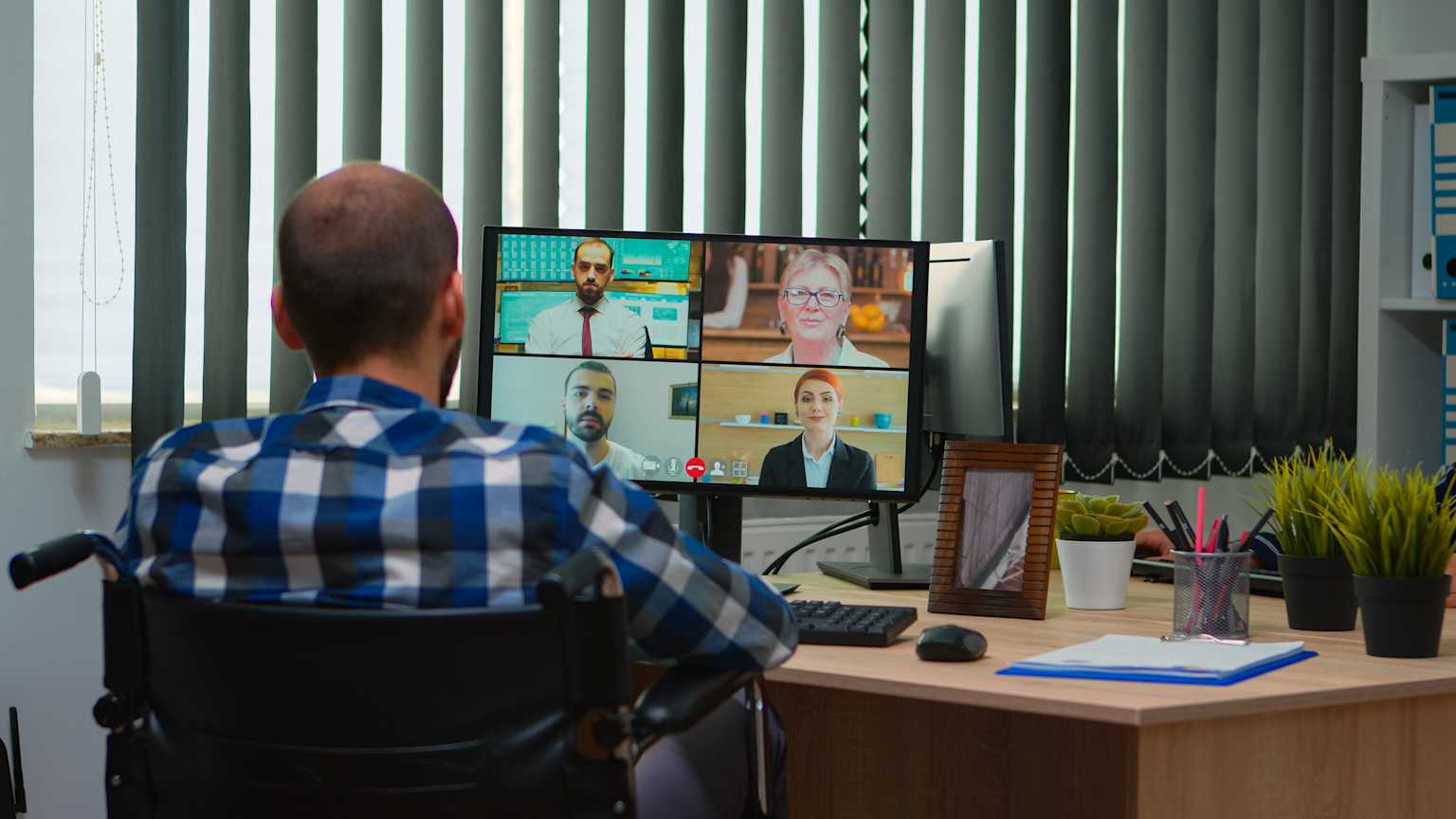How to Successfully Manage Remote Teams & Employees
ByJulian Gette
Workast publisher

Workast publisher
Remote work is not some fringe idea anymore. It's here, and it's rewriting how we think about productivity, flexibility, and leadership. As of 2023, about 12.2% of U.S. workers are fully remote, and another 28.5% are splitting their time between home and the office. Hybrid work isn't just gaining traction—it's demanded, with 83% of employees worldwide preferring a mix of remote and in-office setups. Managing these teams is a whole other beast, though. It's not as casual as throwing a Zoom link into the wind and calling it a day. Let's break it down.
Without effective communication, your team's cohesion will crumble faster than a cheap folding chair. Remote managers have to be intentional. This is where smart tools come into play. Platforms that allow instant messaging, video calls, and collaborative workspaces can fill the gaps left by the lack of face-to-face interactions. Studies show that 57% of companies have increased spending on tools for remote collaboration, knowing these investments directly boost productivity.
But tools alone aren't enough. Managers must set clear expectations. Daily check-ins, full-team updates, and individualized touchpoints make sure no one feels adrift. It's about creating spaces where employees can share progress, roadblocks, and feedback. A team that talks openly performs better, period.
Here's a fact for the records: Remote workers are putting in work. Research reveals that remote employees are up to 47% more productive than their in-office colleagues. They also save an average of 72 minutes daily from commuting, and over 55% report working longer hours from home than they ever did in an office setting. Productivity peaks in remote setups land on Tuesdays, Wednesdays, and Thursdays, primarily between 10:30 AM and 3:00 PM.
Still, all this output can have a flip side. Burnout is real. A University of Maryland study found that remote and hybrid workers are more likely to experience symptoms of anxiety and depression—40% of fully remote workers compared to 35% of in-person employees. The key here is finding balance. Encourage employees to unplug after work and take regular, restorative breaks.
A streamlined workflow is the backbone of any remote team. Having clear processes in place minimizes confusion and wasted time. Tools like project management software, detailed task lists, and employee scheduling systems help team members stay on the same page while balancing their work hours effectively. When everyone knows what's expected and when tasks are due, chaos takes a back seat, and productivity drives forward.
Balancing flexibility with structure is key here. You can incorporate shared calendars, daily check-ins, or rotating schedules for collaborative work. Systems like these not only keep projects moving but also give employees the clarity they need to thrive remotely.
If you're stuck on the idea that people need to be "visible" to be working, let it go. Remote employees and hybrid setups work because they provide autonomy. Gallup research shows that higher levels of autonomy are tied to increased employee engagement, which leads to better job satisfaction and, by extension, higher profitability for companies.
Would employees prefer this setup? Absolutely. A whopping 59% of workers would choose a job with remote work options over one that doesn't. Millennials are leading the charge, with 66% reporting they feel most productive working from home compared to Boomers at 46%.
Granting flexibility doesn't mean a free-for-all. Employees still need structure and measurable goals. Outline these clearly, and let them run the race at their own pace. It's a win-win.
Managing remote teams efficiently is all about the right support systems. While remote work saves employers about $11,315 per worker annually, reinvesting some of that into necessary tools makes sense. Collaboration platforms, video conferencing software, and task management systems are all essential. However, don't overwhelm people with tools for every single micro-task. Keep it streamlined and intuitive.
Also, keep in mind that tech access in the U.S. isn't universal. As of March 2020, only 65% of Americans had internet fast enough for video calls. For remote work to be efficient, you have to account for disparities in infrastructure. Offer stipends for faster Wi-Fi or quality equipment that helps bridge these gaps.
Remote work management isn't about micromanaging. If your first instinct is to constantly track how green someone's Slack bubble is, you've already lost. Start with trust. Acknowledge that remote work doesn't mean laziness. Studies consistently prove the opposite.
At the same time, be mindful of the challenges unique to working in isolation. Remote employees are often more productive, but 22% still report feeling isolated. Managers must actively foster team culture, using virtual events, one-on-one check-ins, and collaborative projects to keep employees connected.
When leaders focus on clarity, empathy, and solid workflows, remote teams don't just survive—they thrive.
